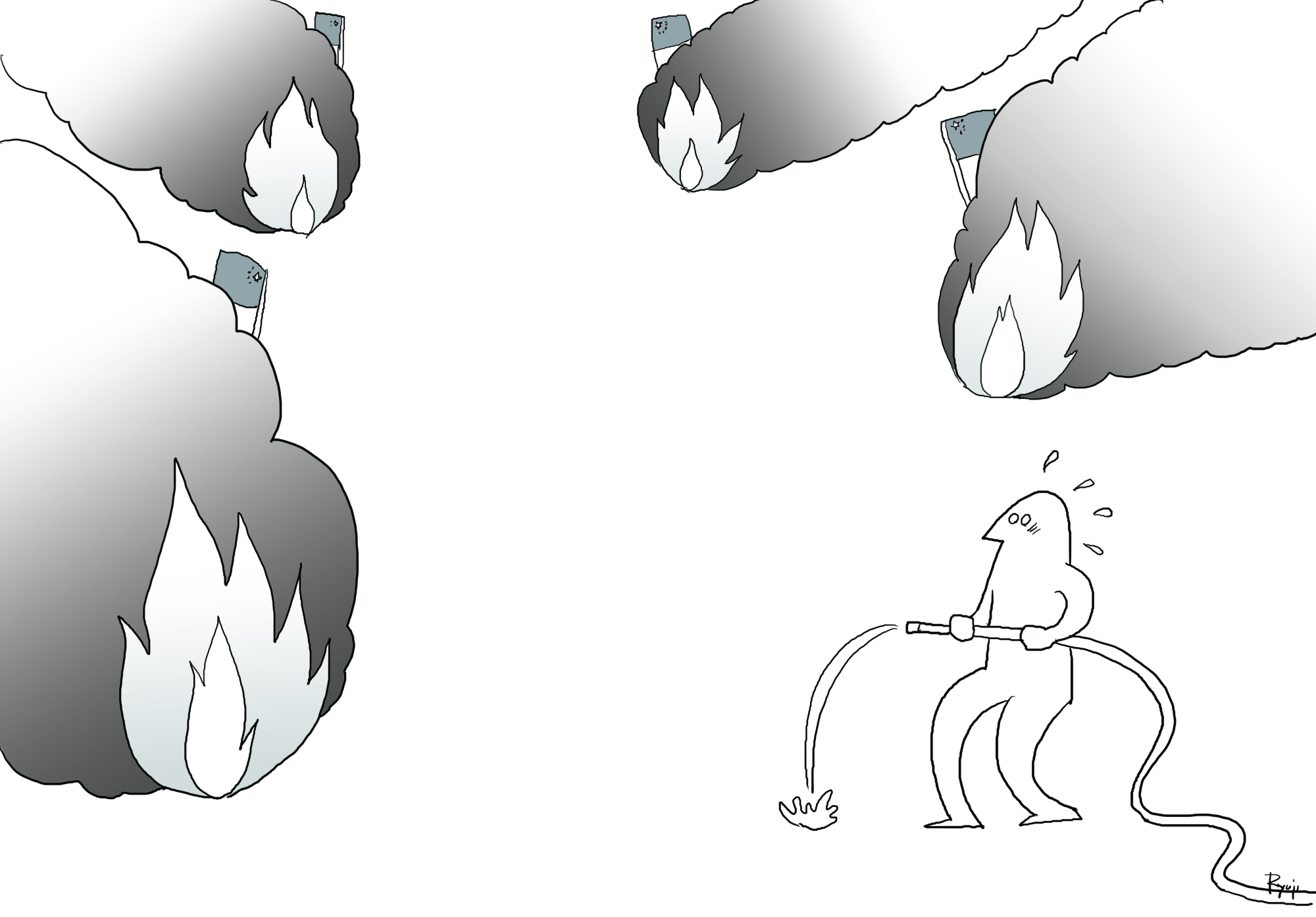In early September, the Philippines criticized China for moving to build a military base at the disputed Scarborough Shoal in the South China Sea, identifying a large Chinese ship operating there as a dredger. Already in March, Adm. John Richardson, chief of U.S. Naval Operations, had expressed concerns over China's dredging work in the area, because if a man-made island complete with runways is built in the Scarborough Shoal, that would enable Chinese nuclear submarines at a naval base in the Hainan Island to move to the Pacific via the Bashi Channel between Taiwan and the Philippines, and China would be able to fly bombers from the runways for a possible strike on Taiwan.
That would mean the U.S. air and maritime superiority in the area, including the Bashi Channel — which it commanded when it sent aircraft carriers to the Taiwan Strait to check against China's military exercises at the time of the 1996 presidential election in Taiwan — would no longer be secure.
It has often been said that there are four "flashpoints" in East Asia: the Korean Peninsula, the Senkaku Islands, Taiwan and the South China Sea. While Japan, South Korea and members of the Association of Southeast Asian Nations care mostly about events occurring in their immediate vicinities, there are two countries that are working out strategies encompassing the entire region for their own security: China and the United States.



